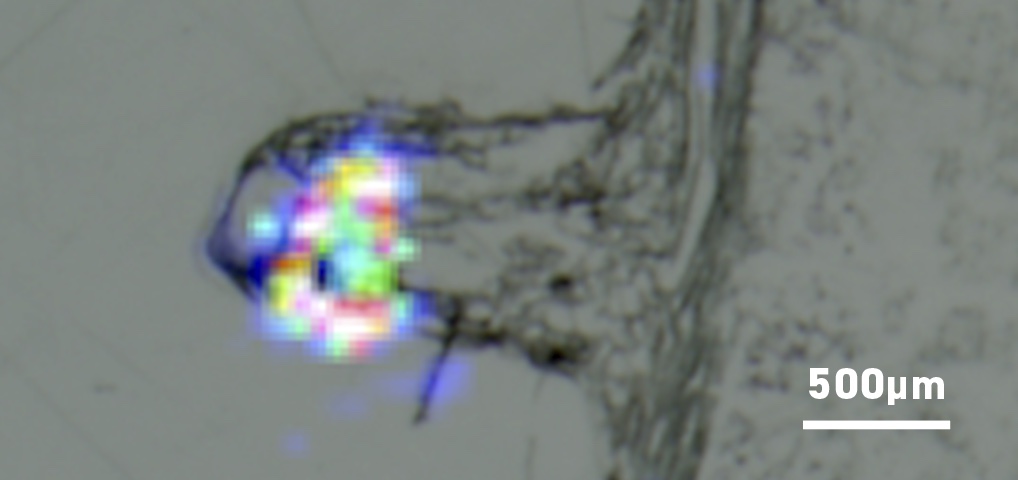Researchers including Dr Samuel Robinson, Dr Thomas Durek and Prof. Irena Vetter at the University of Queensland are investigating how venoms cause pain. This should inform the development of new drugs that might be able to intervene and break the pain chain, not only to treat stings but for pain relief more generally.
Giant Australian stinging trees (Dendrocnide species) cause long lasting and extremely painful stings delivered through the stiff hairs on their leaves. These stings are caused by a venom cocktail that includes neurotransmitter molecules and others that cause inflammation. However, those molecules alone could not explain the powerful pain encountered when stung.
While investigating further, the team discovered a new group of miniproteins, they called ‘gympietides’, after the Indigenous name for the plant. In mice, these miniproteins potently activate pain neurons and delay the switching off of other proteins that would normally moderate pain signals.
The team used scanning electron microscopy at Microscopy Australia’s University of Queensland facility to visualise the hairs, and used the MALDI-TOF instrument to show that the gympietides are located specifically in the stinging hairs of the tree.

Correlative light and MALDI-TOF image showing the gympietides (coloured pixels) in a stinging hair.
Structural studies showed that even though the order of the constituent amino acids in the gympietide miniproteins is completely different to that in other venoms, their 3D structures are the same. The 3D shape causes the gympietides to act in the same way as the other venoms with that same shape, such as those in spiders and cone snails. This similarity is striking when you think about the evolutionary distance between trees and venomous animals.
By unravelling how pain pathways react to these venoms, researchers will hopefully be able to create new treatments for pain.
E. K. Gilding et al., Science Advances 2020
DOI: 10.1126/sciadv.abb8828
Scanning electron micrograph of stinging tree hairs.
January 24, 2022